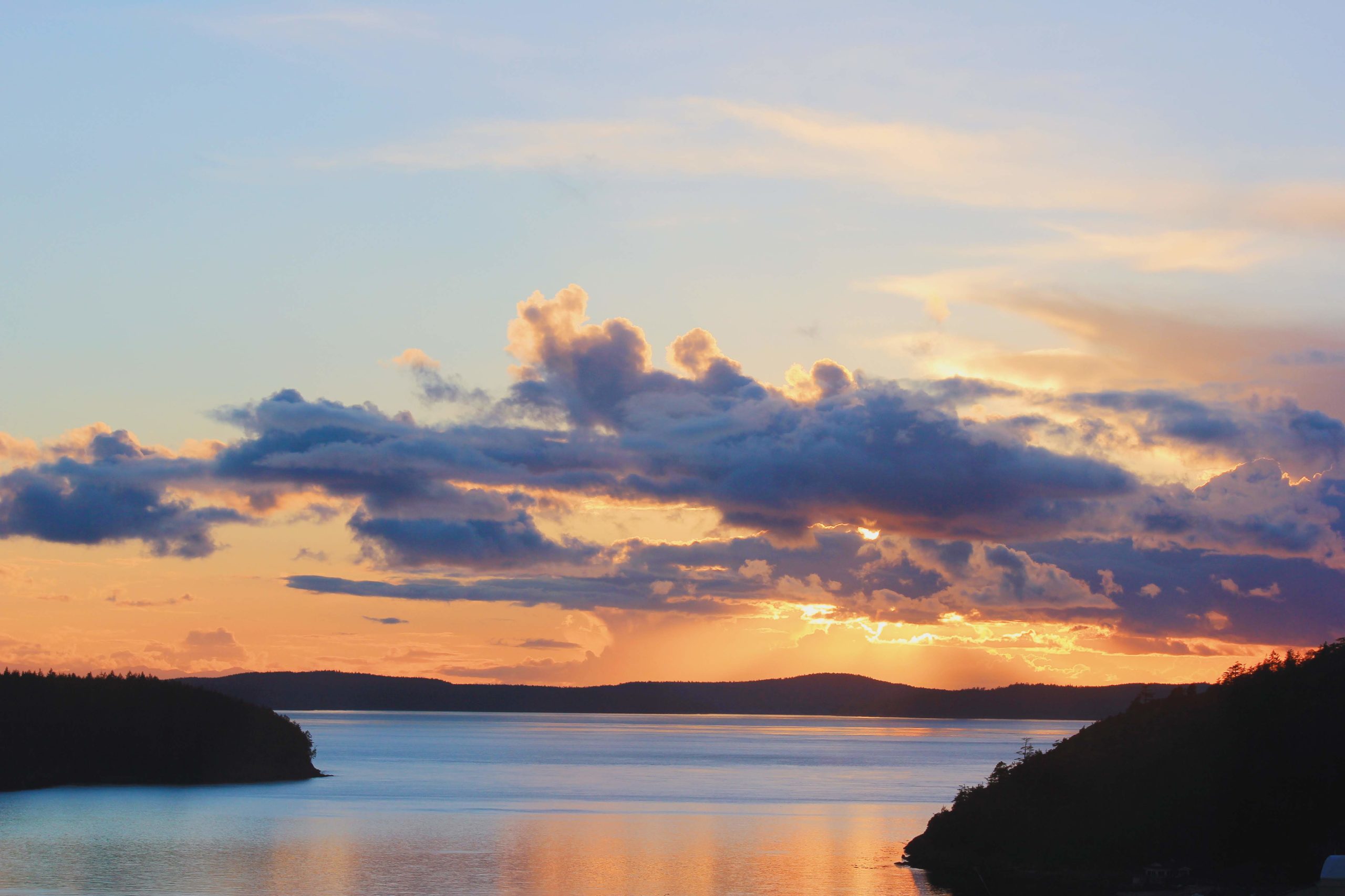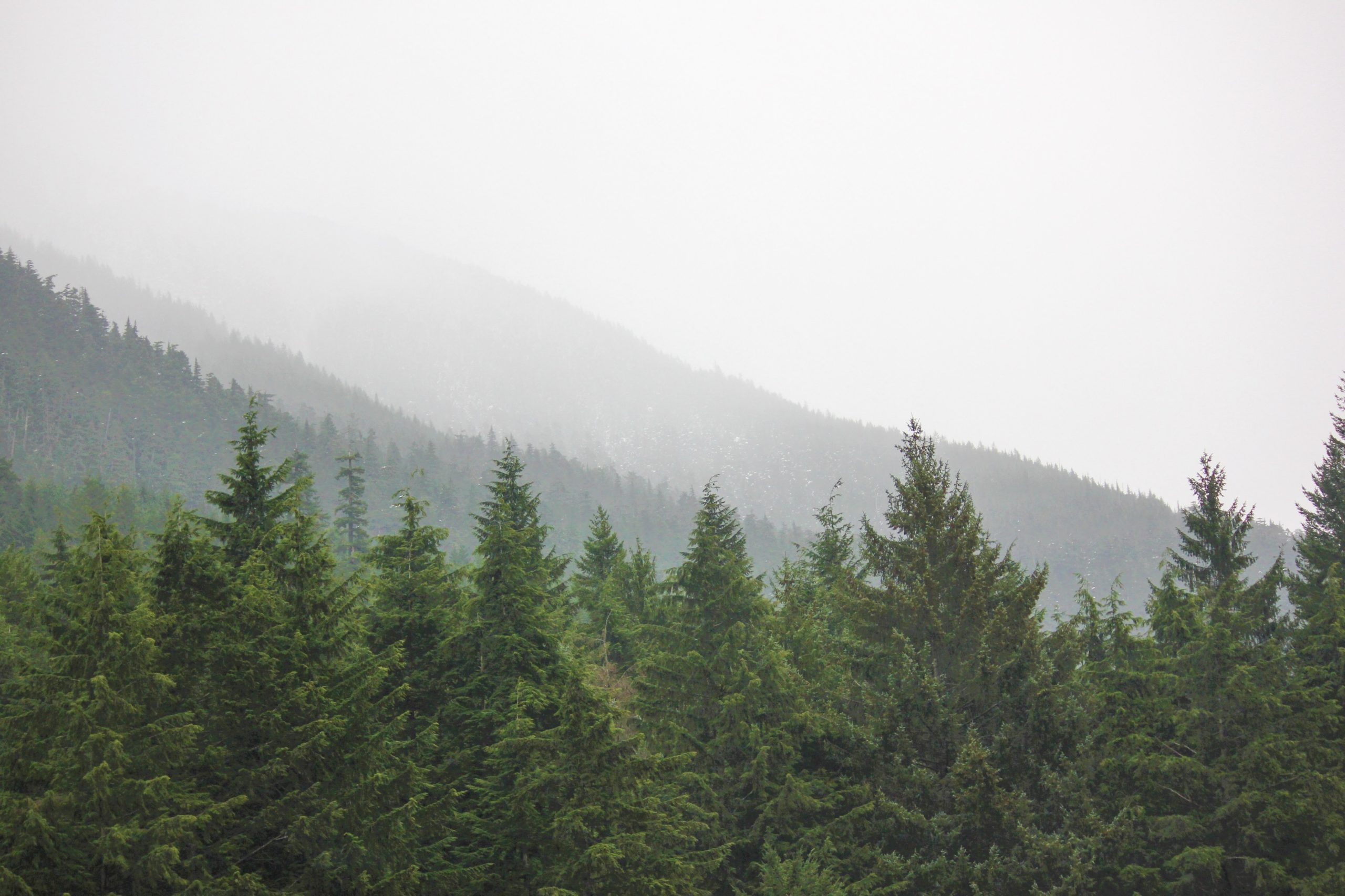The salmon are dying in the Pacific Northwest, and as a result, so are the Southern Resident orcas who share the waters. Why? Because the dwindling population of Chinook and other species of Salmon are struggling to make it to the sea. Dams block their way, and despite countless amounts of research and science proving that breaching the dams is the only way to save them, still they stand. The orcas in Puget Sound and the Salish Sea rely on these salmon for nourishment, and with fewer and fewer making it to their salty waters, the whales are starving to death. As the world found in 2018, when a mother orca Tahlequah carried her calf on her snout in a funerary mourning for almost two weeks, this hurts those who survive the starvation too. No one is safe, while the dams remain. This land is shaped by water, as well as those who dwell in it—including salmon. They shaped the indigenous cultures in the area, fed the hungry bellies of those who dared to venture into the wild north, and kept this interconnected world balanced and thriving. Damming that land is not natural—in fact, it’s deadly.
Understood by residents of these places as well, when salmon die they do not stop serving the land. They hatch downstream, sheltered. When they wake to the world, they swim to the sea, spending most of their lives there. When it comes time, the salmon bravely face swimming upstream to their birth places, lay the eggs of the new generation there, and submit to death shortly after. When they die, their bodies feed the small water dwellers, who eventually feed the new salmon swaths, bringing them strength and nourishment. Since they spend most of their lives at sea, when they die, those marine nutrients that they soaked up now get released into the freshwater and the land. These nutrients are paramount to these landscapes, just like any other essential substance.
With the dams stopping this journey of theirs, they also stop the land from being fed. This is a land of coastal pines, marine-nourished soils, and salmon-feeding creatures. This fish keeps all of that alive, and if they are killed, this landscape will die too.

The only way to save the whales and salmon, both intrinsic parts of the region and the ecosystems they live in, is to breach the four lower Snake River dams. Research has been done on this population of salmon since the 1950s, and it’s shown that the mortality rate is way too high specifically because of these four dams. They do not provide any flood control (they actually are a flood risk) or storage, and can only generate a little bit of energy seasonally. It makes no fiscal or environmental sense to keep them there.
Helping the orca population recover has been determined to generate a lot more revenue than the dams bring, because they would bring back tourism and recreation, as well as do away with the ineffective, currently funded programs that are not helping the orcas (or salmon) as they claim. Replacing the dams with safer energy would only cost 2–4% of what the current dams cost. Rather than sending crops in barges, crops will have to be sent on a railway that will be built, and it will allow farmers to send goods to more places. Despite the evidence and cost effectiveness of this solution, science has been politicized and it’s keeping the dams in place.

People clearly care about the salmon and the orca whales. How many “Save the Sea Pandas” t-shirts have we seen? How many people show up to protests concerning SeaWorld and whaling? Many. So who stands in the way of their survival? Those who benefit from the irresponsible and ineffective dams that remain on the river.
BPA (Bonneville Power Administration) is a key obstacle in this fight, as they are the ones who sell the little power that the dams generate. Other stakeholders include those who govern the regions surrounding the river, including Washington governor (& former Democratic presidential candidate) Jay Inslee, Senator Murray, Canadian officials (including the mayor of Vancouver, Mayor Stewart), Oregon governor Kate Brown, and treaty tribes—who happen to be fighting hard for the breaching of the dams and the saving of the whales and salmon. If the salmon go extinct, we are liable to tribes in both the U.S. and Canada who have always depended on this First Food.
Local farmers, those who live along the rivers, Puget Sound residents, the recreation and tourism industry in the Salish Sea and Puget Sound, U.S. taxpayers, congress, and the Biden administration also are considered stakeholders in this fight. Many residents along the river lay in the floodpath, making them especially interested in the matter. Their voices must be heard. It should be acknowledged that all of the non-human animals who live in the area are also needed to be considered, when thinking about healing this issue. They rely on the land, and call it home. If it is continued to be abused in this manner, they suffer as well.

The Endangered Species Act lists 13 species of salmon, and more that are now extinct due to these dams. The government is violating the law, according to the evidence showing that keeping the dams is killing these endangered animals. These dams are illegal, and should be removed immediately—for the sake of the salmon, the orcas, the Indigenous people and other locals, the economy of Pacific Northwest states, and the law itself.
Keeping the dams in place is an injustice to all of these entities, but especially the salmon and orca. The orcas are especially vulnerable right now, as they live a long time and therefore cannot reproduce as quickly as other affected species can. While the region is dying as a whole, as the mourning mother Tahlequah demonstrated for the world as she carried her calf, the orcas are experiencing death at a whole different level. The longer this issue isn’t resolved, the more will continue to die. We know that this is happening, so if nothing is done, and those beings are allowed to die, that isn’t a tragedy. It’s murder, because we are knowingly harming and taking their lives from them. If we want the Southern Resident orcas to be around in a few years, those in charge need to act immediately, and citizens need to continue to call them, urging them to protect these important beings. There is scientifically, economically, or morally no other way.
Get more like this—Sign up for our daily inspirational newsletter for exclusive content!
__
Photo: Emily Iris Degn




